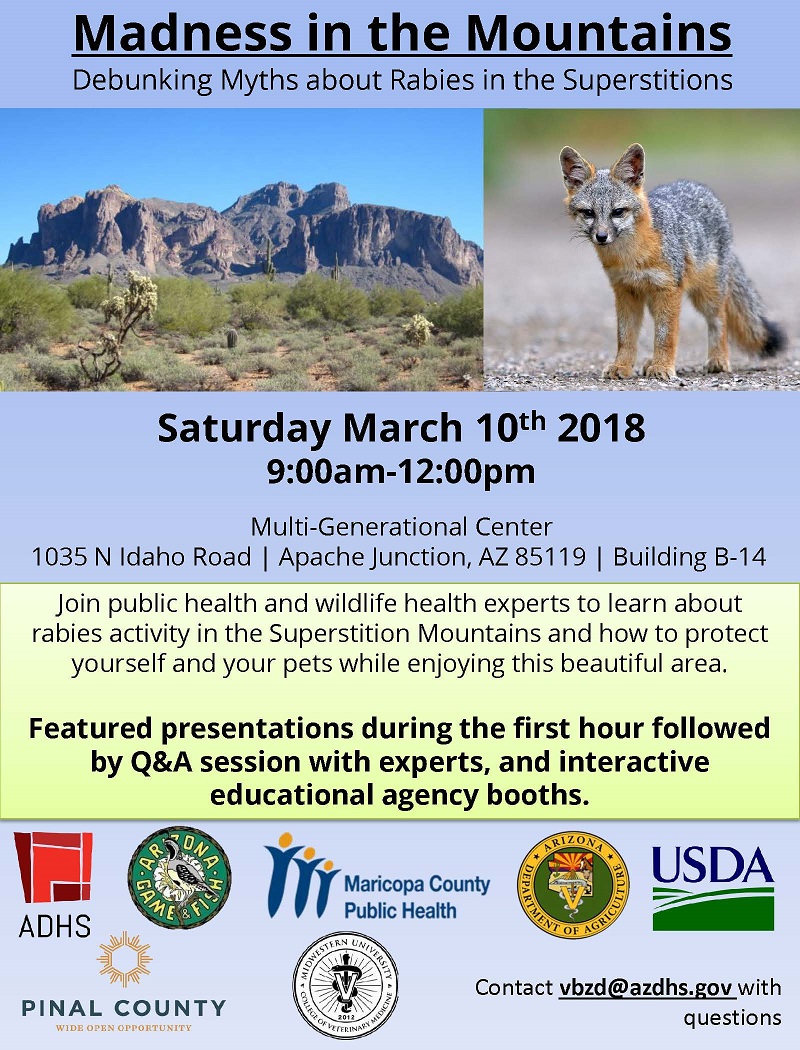The Listeria monocytogenes outbreak has captured the public’s attention these days- so I thought I’d do a piece on Arizona’s food safety network. Let’s start at the farm & ranch. The Arizona Department of Agriculture is responsible for ensuring that the base of the food safety pyramid is solid in Arizona. They have several divisions that are responsible for everything from Arizona farm-grown fruits and vegetables to livestock and poultry. They also work with the USDA & the FDA to ensure that imported foods are safe and from an approved source. So, basically, the AZ Dept. of Agriculture is responsible for food safety from the farm or ranch until the food hits the wholesaler or “jobber’s” warehouse.
Once foods hit the middleman- it’s our job to ensure that food is safely handled until it makes it to your plate at a restaurant or leaves the grocery store in your cart. While our environmental health shop has the overall responsibility for ensuring that your food is safe from the warehouse to you- it’s our partnerships with the local health departments and departments of environmental services that make the system work. We use the framework outlined in state law and our food safety rules to help guide the counties to make effective decisions in the field. You can see a more detailed summary of the statewide activities in our latest annual food safety report (the new report is due out in a month or so).
We delegate our food safety authority to the local health departments who use our authority do the actual inspections for restaurants and food retailers. But, some of the counties actually act on their own- using authority granted from their board of supervisors. For example, Maricopa County Environmental Services acts under their county authority rather than using our statewide authority. All the inspections are done by people called Registered Sanitarians, who are required to have at least 30 hours of college credits in the natural sciences and pass a registration test.
Of course, no food safety network would be complete without a robust foodborne illness surveillance system including the laboratory capacity to identify and track foodborne illnesses. This part of the network also includes collaboration with the local health departments. Physicians and private labs that identify or diagnose foodborne illness infections report that info to their local health department. By pulling together the statewide data- we’re able to identify trends and sources- and along with the CDC’s resources, the public health system provides the feedback loop to the food safety network- allowing the system to track down and stop sources.












great to know that the Arizonia Dept is looking after our food safet
I always wonder how the state keeps all the restaurants from serving us food that isn’t safe, now I know.
I think that is a great relief hearing how the state officials are preserving their citizens, so as their health! Thanks for giving links to the posted before food safety rools, so as for all the measures you constantly are taking in assuring that the laws are being kept!
Why did the State remove the Restaurant Letter
Grading System when it has been proven to increase
compliance, decrease the incidence of food born illness , decrease the amount of re-inspection,
and decrease the inspection force workload ?
Fred,
Each county is responsible for restaurant inspections in their respective county. It was a county decision to change their method of inspection.
yeah they have to put such huge system of food technology because there is a lot of human beings out there ..
thanks arizonas foof